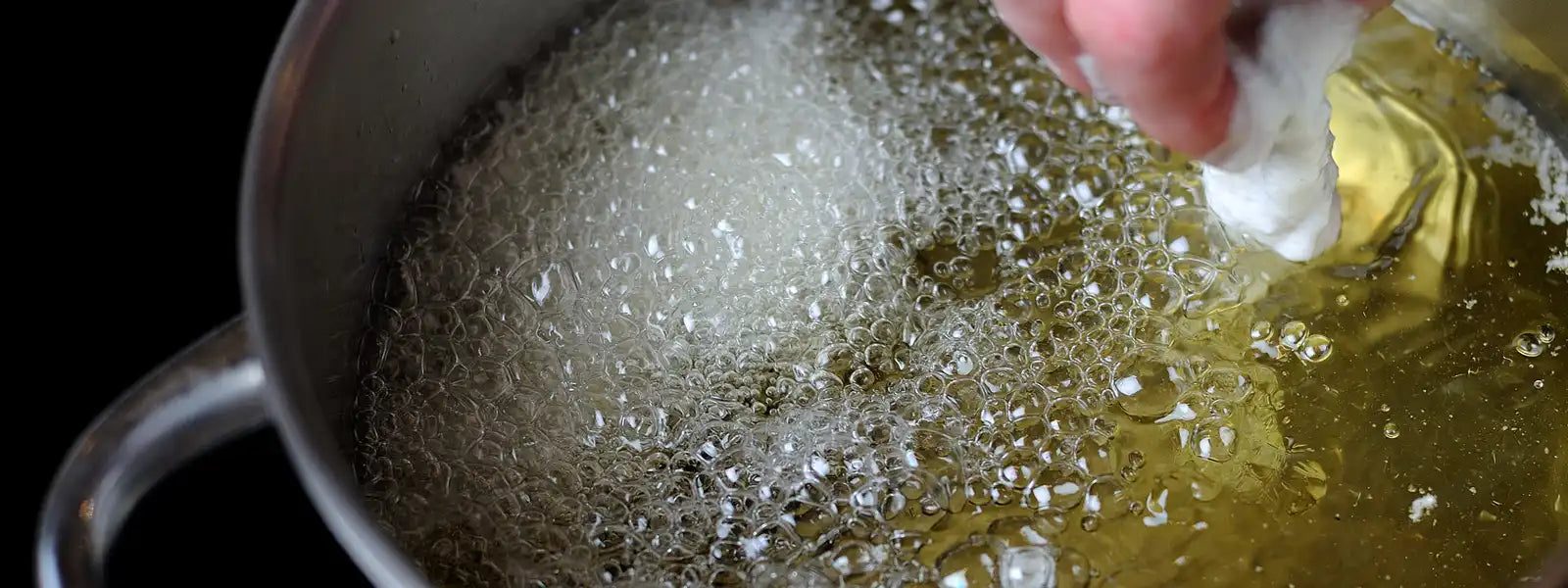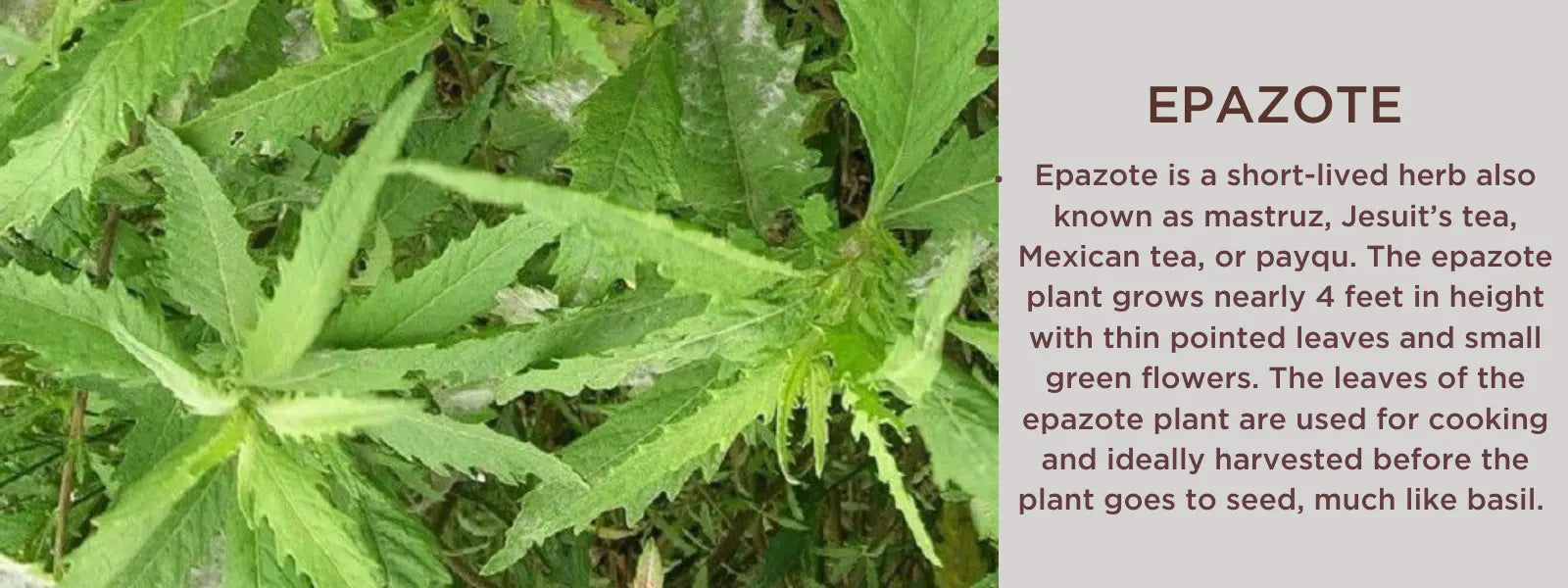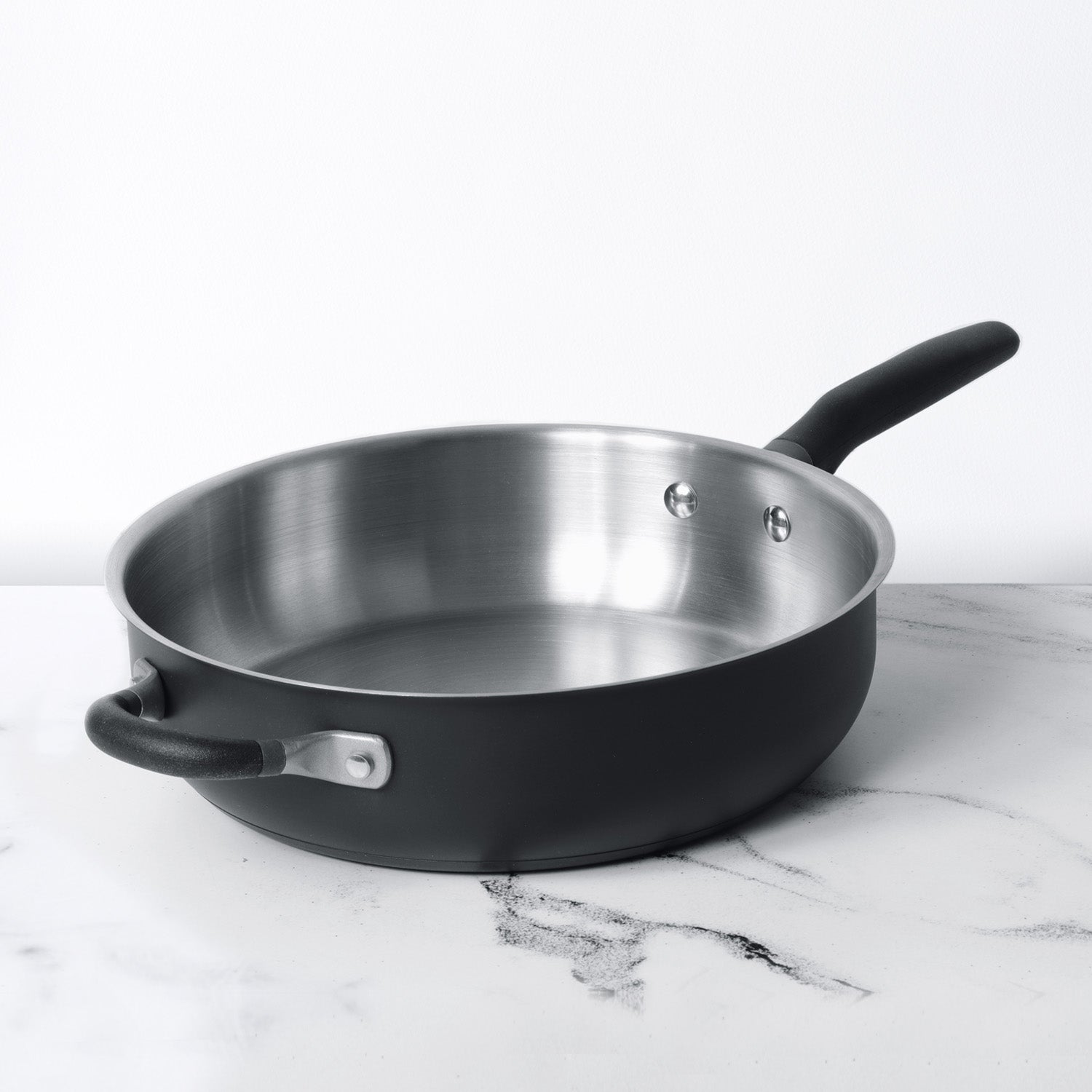Shiso, also known as Perilla, is a vibrant herb native to East Asia, widely used for its distinctive flavor and health benefits. Rich in antioxidants, vitamins, and essential fatty acids, shiso has a variety of medicinal properties, including promoting digestive health, reducing inflammation, and supporting the immune system. Popular in Japanese, Korean, and Chinese cuisines, shiso leaves add a unique, slightly spicy taste to dishes such as sushi, salads, and soups.
Shiso has gained popularity in Western cooking over the years, and in addition to Asian stores, it is occasionally available fresh in conventional supermarkets. It will probably just be referred to as Japanese mint or perilla, as it is also called. Shiso comes in a variety of forms, each with a distinctive flavour and aroma.
Green shiso can be fried, added to soups or salads, used as a garnish, or used to flavour rice. Citrus and cinnamon combine with a hint of anise to create the flavour. This flavorful herb is also excellent as a spice for meat, radishes, chicken, and fish.
Red shiso, which is significantly hotter than green shiso, is frequently included in salad mixes. The flavour is somewhat softer and akin to basil. The major uses for red shiso are pickling and natural food colouring. Shiso seeds can be sprouted, and the blossoms can be used as a garnish.
Table of Contents
Origin of Shiso:
This exquisite herb has its roots in the high mountains of China and India. But there is disagreement among the verdicts. Few people give South East Asia any thought as the origin.
Appearance:
Shiso has an artistic presentation, making it an excellent choice for garnishing. The herb's leaves feature blunt tips with wavy or curled edges.
The small, delicate leaves are pointed at the tips. However, the plant is not frost-resistant
Shiso plant varieties:
Shiso comes in a variety of forms, with different types varying in morphology, color, and regional origins.
The plant is available in several colors, including red, ruffled, green, bicolor, and variegated, each representing a distinct type of shiso.
However, there are primarily two main varieties of shiso: red and green. Red shiso is commonly used to dye plums for making umeboshi pickles, giving them their characteristic crimson color.
Culinary use of Shiso:
There are numerous dishes that can benefit from the usage of this adaptable herb. If you frequently eat at Japanese restaurants, you may have already experienced it; it is used to wrap sushi and is added to soups, rice, or tempura.
Shiso that has been chopped up can be added to fish tacos or used as a delicious garnish for tofu. It can be used in place of parsley when making spaghetti, or it can be used with soy sauce and sesame oil to produce a flavorful marinade for grilled chicken.
Shiso has a distinct flavour and tremendous health advantages. Shiso is a well-known antibacterial that can help prevent food illness, so the leaves are frequently offered with sashimi in addition to their flavour.
Meyer Trivantage Stainless Steel Triply Cookware Flat Tawa, 28cm
Health benefits of shiso:
The leaves are frequently combined with hot water to make tea in Japan and other Asian nations. The tea has anti-inflammatory, antioxidant, and allergy-fighting effects. The immune system and skin health are two further benefits of drinking tea.
The herb's anti-inflammatory characteristics are used to treat everything from asthma, arthritis, and eczema. It has also been used as a herbal treatment in Japan for generations.
Shiso leaves are a fantastic, healthful addition to salads, soups, and stews since they are rich in calcium and iron. The herb also contains a lot of vitamin A, which may reduce your chance of getting few types of cancers.
Shiso oil is another herb-based alternative to fish oil that can give vegans and strict vegetarians access to omega-3 fatty acids.
Conlusion:
Shiso is a powerful herb that not only enhances the flavor of meals but also provides a wealth of health benefits. From supporting immune health to promoting better digestion, incorporating shiso into your diet can contribute to overall well-being. Its versatility in cooking and medicinal properties make it a valuable addition to both your culinary and wellness routines.











Leave a comment